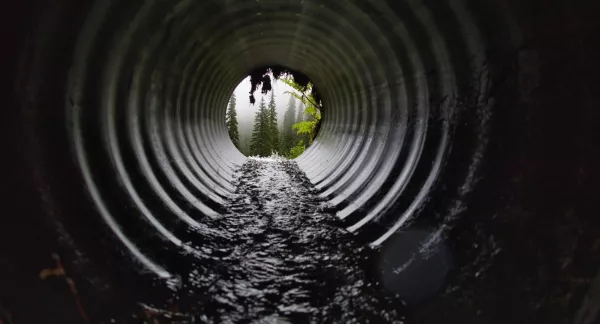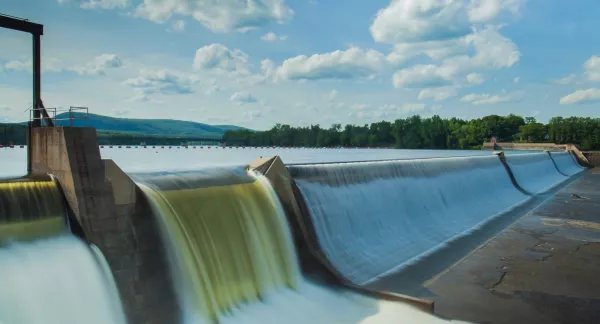
Characterizing the Quality of Effluent and Other Contributory Sources during Peak Wet Weather Events
Abstract
This study evaluated the impacts of blending on effluent and receiving water quality and estimated public health risks associated with recreation in surface waters receiving blended flows. Field samples were collected for in-plant processes and receiving waters during wet weather blending, wet weather non-blending, and dry weather events. This data was used to develop hydrodynamic and water quality computer models to predict receiving water conditions as well as a quantitative microbial risk assessment (MRA) to estimate risks of gastrointestinal and respiratory infections for people recreating in the waters receiving blended flows. Includes alternatives to reduce or eliminate blending, including rainfall-derived infiltration and inflow reduction, peak storm-flow storage, and treatment capacity expansion. A guidance document based on the study is included to assist other agencies in conducting similar evaluations to estimate their blending impacts. 204 pages. Softcover online PDF (2009)
Originally funded as WERF project 03-CTS-12PP.


